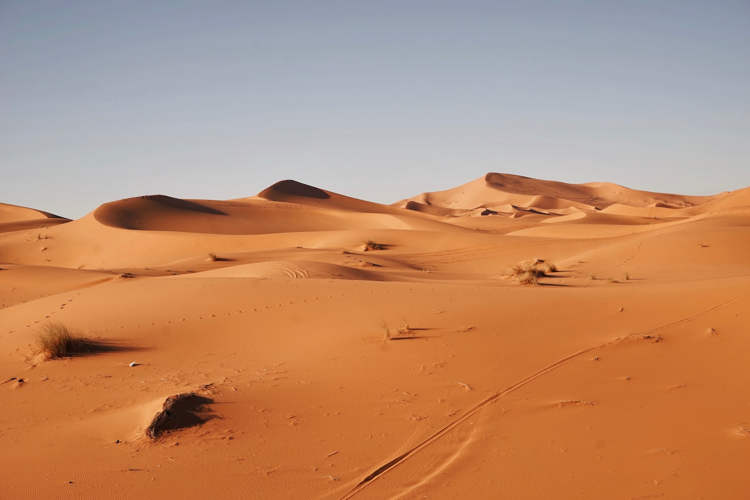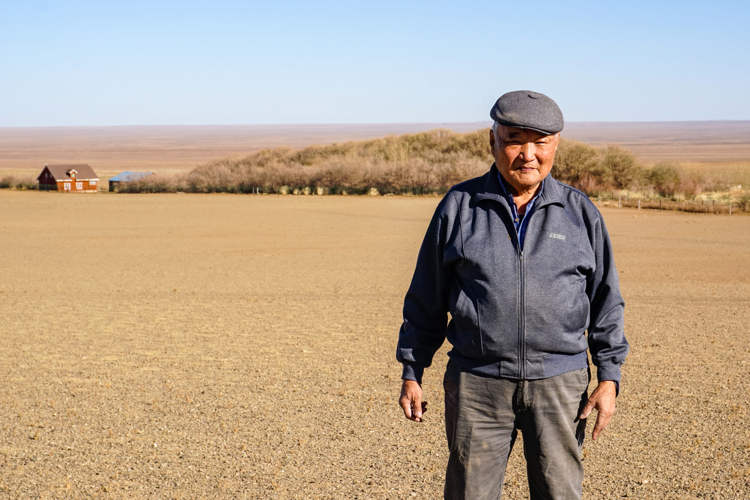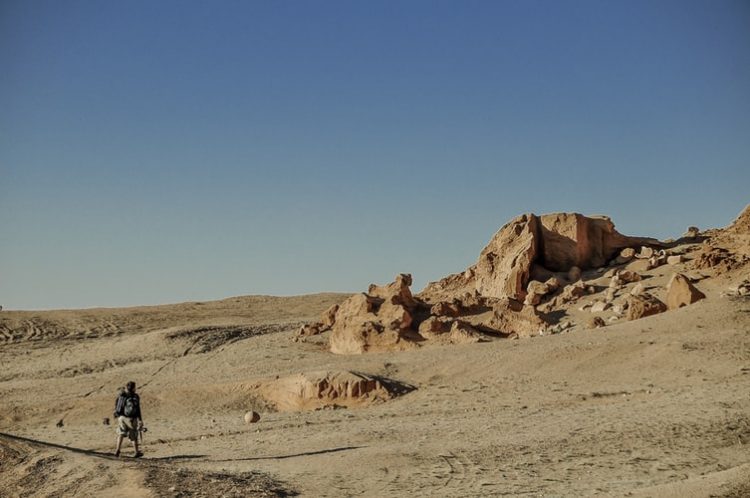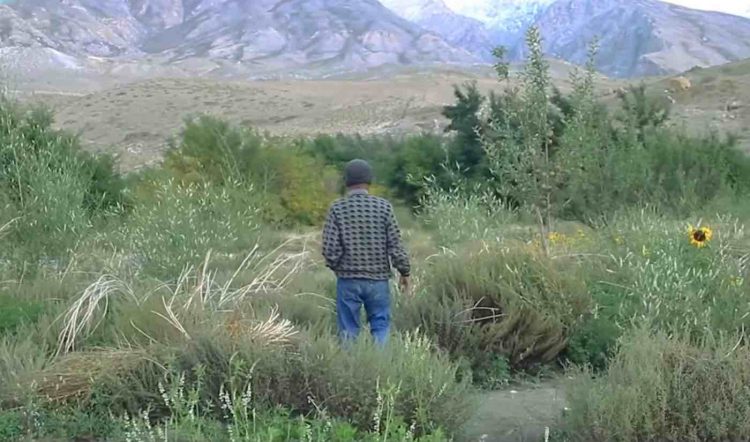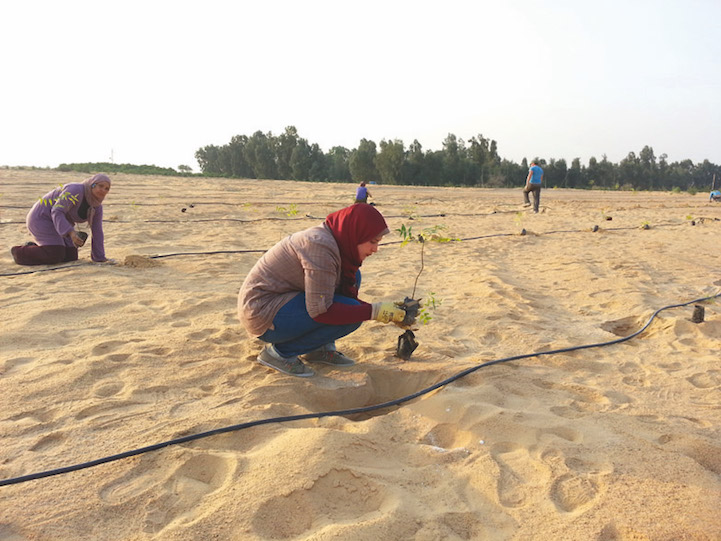Norwegian startup Desert Control claims that it can fight desertification efficiently by spraying sand with Liquid NanoClay (LNC) and turning it into soil in a matter of hours.
In the past, we’ve featured many ‘green heroes‘ who have been fighting desertification for decades, using all sorts of techniques, from draught-resistant shrubbery to tree barriers, but now a startup claims to obtain much better results in the same harsh conditions in just seven hours. Invented in the early 2000s by Norwegian scientist Kristian Olesen, Liquid NanoClay is the secret behind Desert Control’s amazing achievements. When sprayed onto sand, this amazing invention trickles down and percolates the sand, turning it into water-retaining soil where plants can germinate and thrive.

